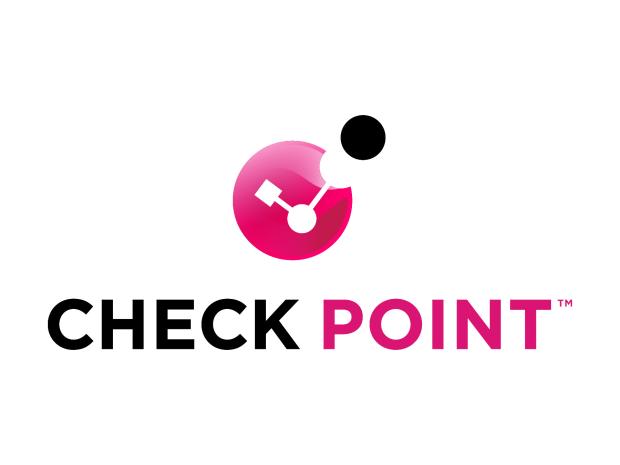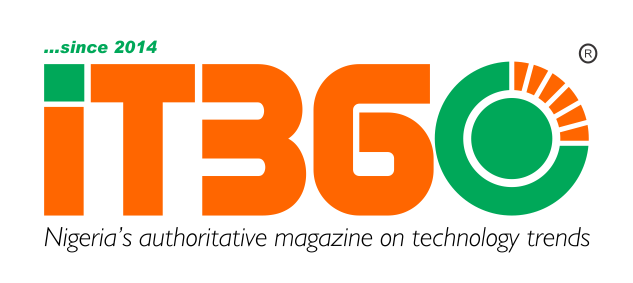Check Point® Software Technologies, a leading provider of cyber security solutions globally, has released its cybersecurity predictions for 2023, detailing the key security challenges that organisations will face over the next year.

Globally, cyberattacks across all industry sectors increased by 28% in the third quarter of 2022 compared to 2021. Check Point predicts a continued sharp rise worldwide, driven by increases in ransomware exploits and in state-mobilised hacktivism driven by international conflicts.
Additionally, Check Point Research has found that cyber threats targeting companies across Africa outnumber those in other parts of the world. Adding further pressure to the volatile environment, organisations’ security teams will face growing pressure as the global cyber workforce gap of 3.4 million employees widens further, and governments are expected to introduce new cyber-regulations to protect citizens against breaches.
The dearth of cybersecurity professionals across Africa means it is more important than ever for the private sector to partner with government and tertiary education institutions to develop relevant education programmes.
These cybersecurity skills programmes can filter through the entire educational environment and create an enabling environment where a much-needed gap can be addressed.
In 2022, cyber criminals and state-linked threat actors continued to exploit organisations’ hybrid working practices, and the increase in these attacks is showing no signs of slowing as the Russia – Ukraine conflict continues to have a profound impact globally.
Meanwhile in Africa, most cyberattacks are targeting the ISP and communication sector, with more than 5 600 attacks per week identified.
Organisations need to consolidate and automate their security infrastructure to enable them to better monitor and manage their attack surfaces and prevent all types of threat with less complexity and less demand on staff resources.
Check Point’s cybersecurity predictions for 2023 fall into four categories: malware and phishing; hacktivism; emerging government regulations; and security consolidation.
Hikes in malware and hacking exploits
- No respite from ransomware: this was the leading threat to organisations in the first half of 2022, and the ransomware ecosystem will continue to evolve and grow with smaller, more agile criminal groups forming to evade law enforcement.
- Compromising collaboration tools: while phishing attempts against business and personal email accounts are an everyday threat, in 2023 criminals will widen their aim to target business collaboration tools such as Slack, Teams, OneDrive, and Google Drive with phishing exploits. These are a rich source of sensitive data given most organisations’ employees continue to often work remotely.
Hacktivism and deepfakes evolve
- State-mobilised hacktivism: in the past year, hacktivism has evolved from social groups with fluid agendas (such as Anonymous) to state-backed groups that are more organised, structured, and sophisticated. Such groups have attacked targets in the US, Germany, Italy, Norway, Finland, Poland, and Japan recently, and these ideological attacks will continue to grow in 2023.
- Weaponizing deepfakes: in October 2022, a deepfake of US President Joe Biden singing ‘Baby Shark’ instead of the national anthem was circulated widely. Was this a joke, or an attempt to influence the important US mid-term elections? Deepfakes technology will be increasingly used to target and manipulate opinions, or to trick employees into giving up access credentials.
Governments step up measures to protect citizens
- New laws around data breaches: the breach at Australian telco Optus has driven the country’s government to introduce new data breach regulations that other telcos must follow, to protect customers against subsequent fraud. We will see other national governments following this example in 2023, in addition to existing measures such as GDPR across the European Union and POPIA in South Africa.
- New national cybercrime task forces: more governments will follow Singapore’s example of setting up inter-agency task forces to counter ransomware and cybercrime, bringing businesses, state departments and law enforcement together to combat the growing threat to commerce and consumers. These efforts are partially a result of questions over whether the cyber-insurance sector can be relied upon as a safety net for cyber incidents. Cross-Africa collaboration and the potential establishment of a continental cybersecurity body could benefit all member states and companies both in terms of common laws and regulations, but also when it comes to providing a unified response to cyberthreats.
- Mandating security and privacy by design: the automotive industry has already moved to introduce measures to protect the data of vehicle owners. This example will be followed in other areas of consumer goods that store and process data, holding manufacturers accountable for vulnerabilities in their products.
Consolidation matters
- Cutting complexity to reduce risks: the global cyber-skills gap grew by over 25% in 2022. Yet organisations have more complex, distributed networks and cloud deployments than ever before because of the pandemic.
Security teams need to consolidate their IT and security infrastructures to improve their defences and reduce their workload, to help them stay ahead of threats. Over two-thirds of CISOs stated that working with fewer vendors’ solutions would increase their company’s security.
Predictions From Check Point Executives:
Issam El Haddioui, Head of Security Engineering, EMEA – Africa, Check Point Software: “The frontier between the cyber world and our everyday lives has become vanishingly small and the impact of a cyber threat can have multiple faces.
“Impact ranges from financial implications caused by ransomware attacks to the disruption of organisational profit flow, to the inability to bring goods and services to citizens. The cyber threat landscape is an evolving environment and therefore cyber security posture enhancement needs to be a continuous journey, with measures that need to be evaluated and adapted to new realities.”
Charnie-Lee Adams-Kruger, Country Manager for Southern Africa at Check Point: “Cybercrime is a global problem that has affected South Africa, both in the private sector and in government. Financial losses have been in the billions and could continue to increase if stricter measures are not put in place. The main target of the African continent is mainly South Africa due to its high connectivity rate, wealth, and GDP per capita.”
Mark Ostrowski, Office of the CTO, Check Point Software: “Deepfakes will go mainstream with hacktivists and cybercriminals leveraging video and voicemails for successful phishing and ransomware attacks.”
Maya Horowitz, VP of Research, Check Point Software: “We are entering a new era of hacktivism, with increasing attacks motivated by political and social causes. Threat actors are becoming increasingly shameless and will turn their attention to critical infrastructure.”
Micki Boland, Office of the CTO, Check Point Software: “We will see a nation-state lead a sustained and lengthy attack against the USA’s power grid, leading to power disruptions impacting critical business and societal functions.”
Deryck Mitchelson, EMEA CISO, Check Point: “Cloud transformation will slow due to cost and complexity, with many firms considering bringing workloads back in-house or to private data centres to reduce their overall threat surface.”
Deryck Mitchelson, EMEA CISO, Check Point Software: “We will see much more debate around and push for security regulation, as the current carrot and stick approach has not worked.”
Dan Wiley, Head of Threat Management, Check Point Software: “The cyber insurance industry is undergoing major tectonic shifts. Companies will most likely not be able to rely on insurance as a safety net for cyber incidents.
Like we have seen with the auto industry, policymakers will act to protect their constituents with legislation holding makers accountable for software defects that create cyber vulnerabilities. In turn, this will put the onus on software vendors to build in security validations.”
Jeremy Fuchs, Research Analyst, Avanan, a Check Point company: “While email and phishing go hand-in-hand and will still be dangerous and proliferate, in 2023 cyber criminals will also turn to business collaboration compromise, with phishing attacks used to access Slack, Teams, OneDrive, Google Drive, etc.
“Employees are often loose with sharing data and personal information while using these business apps, making them a lucrative source of data for hackers.”
Jony Fischbein, CISO, Check Point Software: “In our multi-hybrid environment, many CISOs struggle to build a comprehensive security program with multiple vendors. In 2023, CISOs will decrease the number of security solutions deployed in favour of a comprehensive, single solution to reduce complexity.”
Oded Vanunu, Head of Products Vulnerability Research, Check Point Software: “Dramatic increase of digital scams, due to a global economic slowdown and inflation. Cyber criminals will increasingly turn to social media campaigns via Telegram, WhatsApp, and other popular messaging apps. There will also be more cyber-attacks on Web3 blockchain platforms, mainly to overtake platforms and their users’ crypto assets.”

